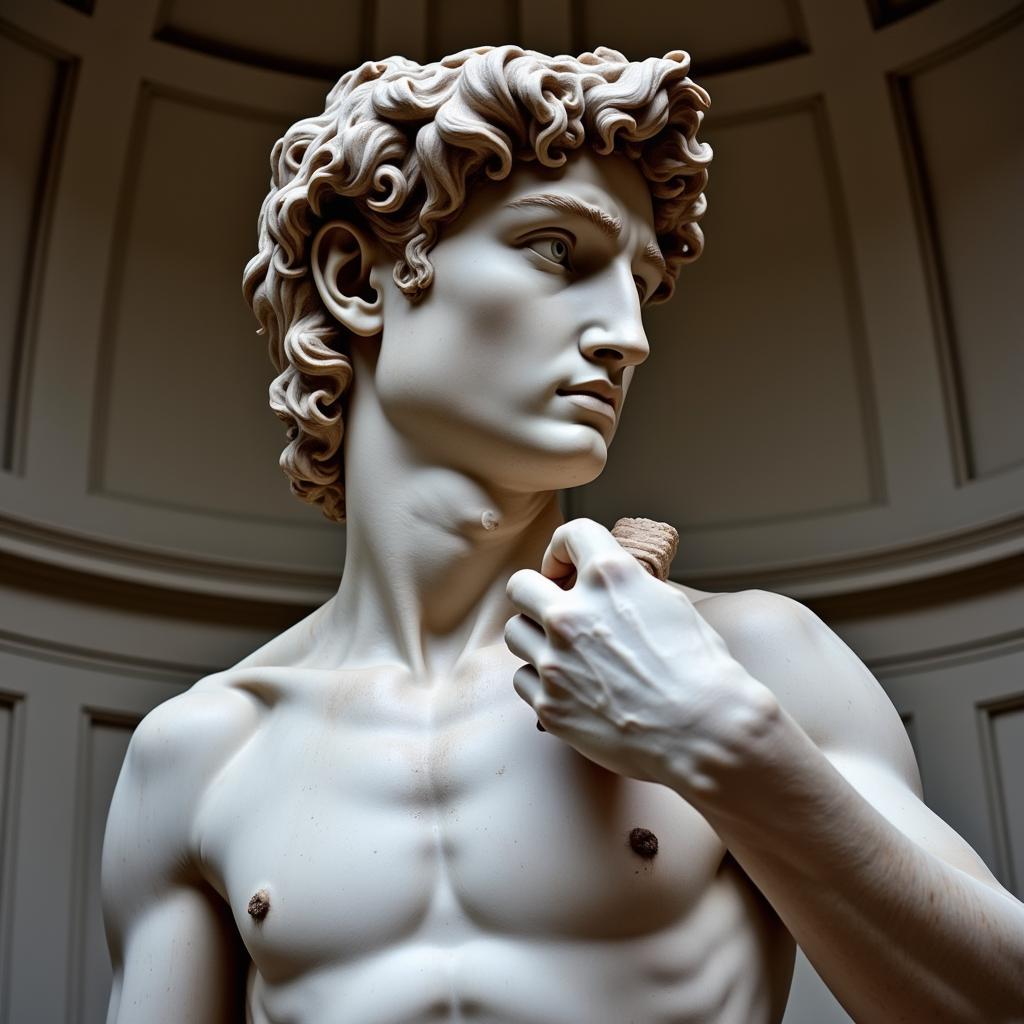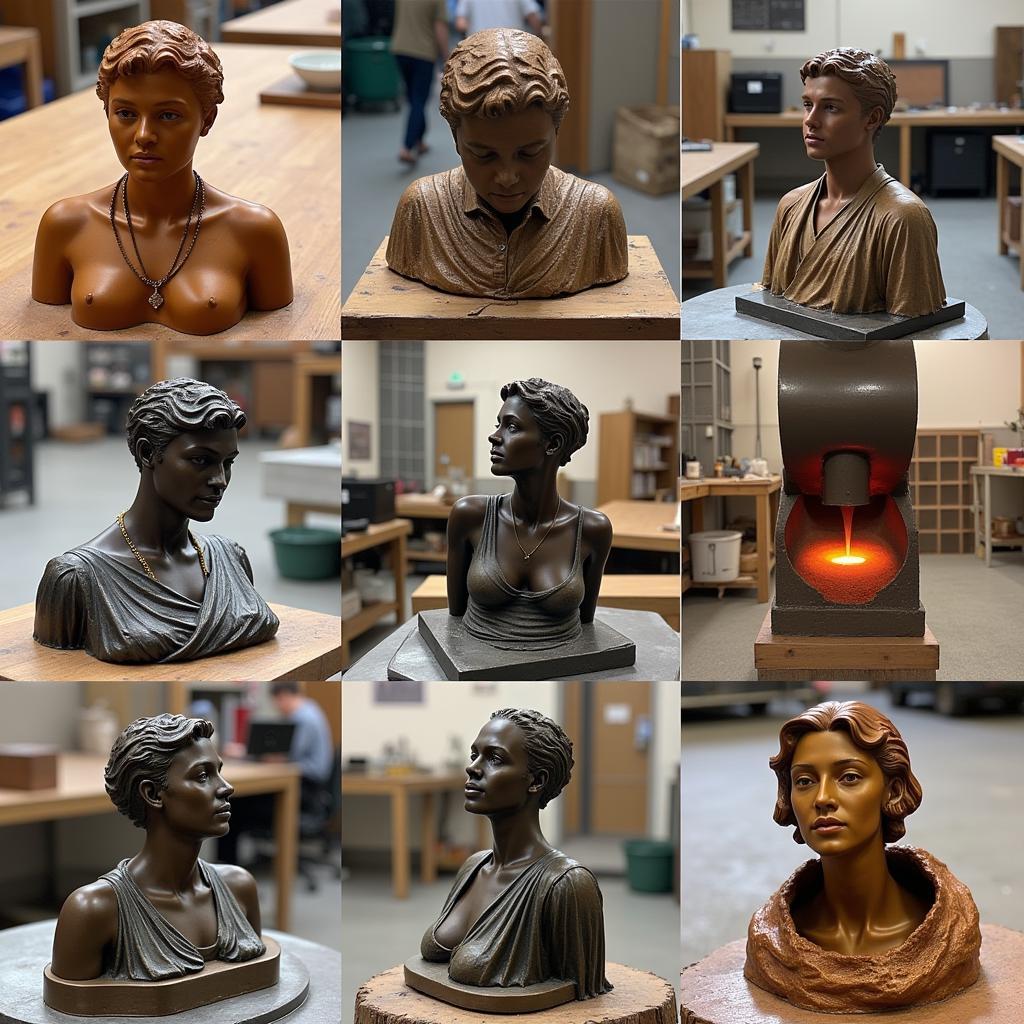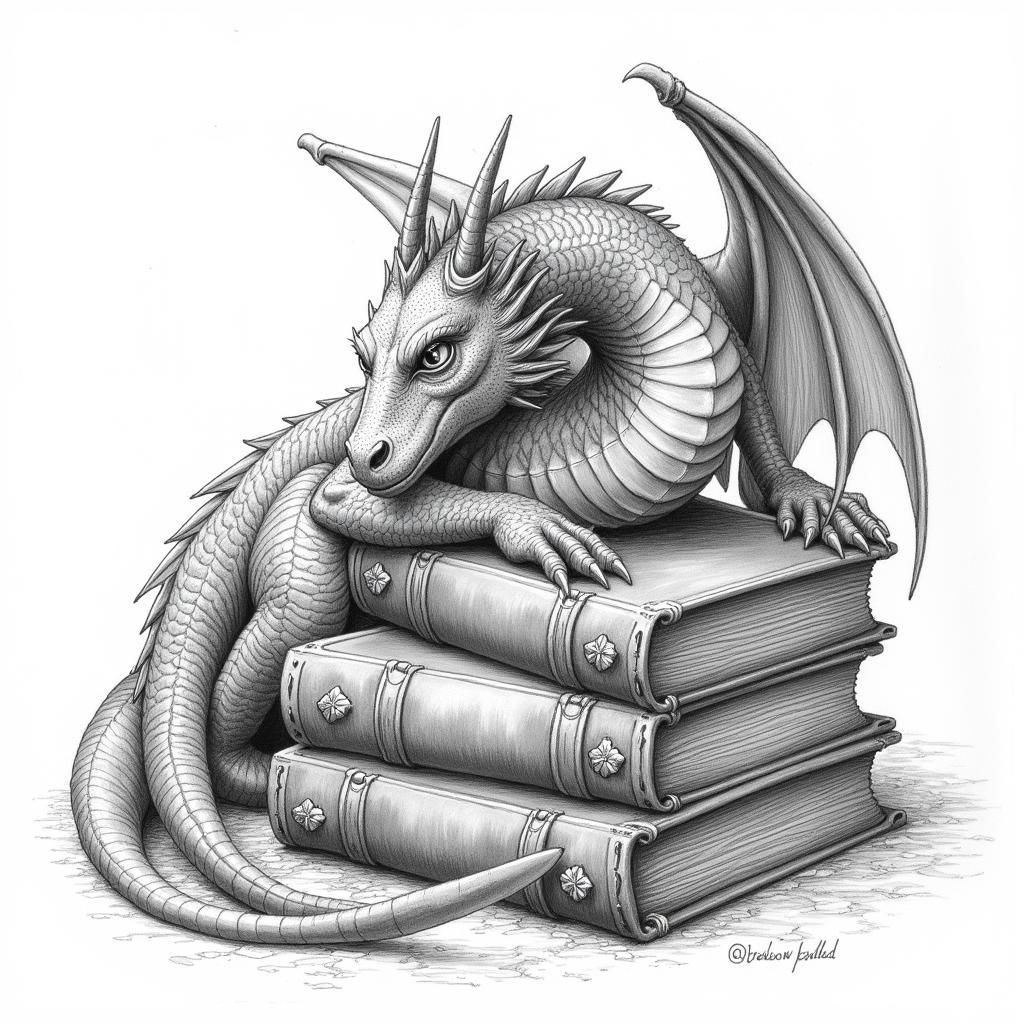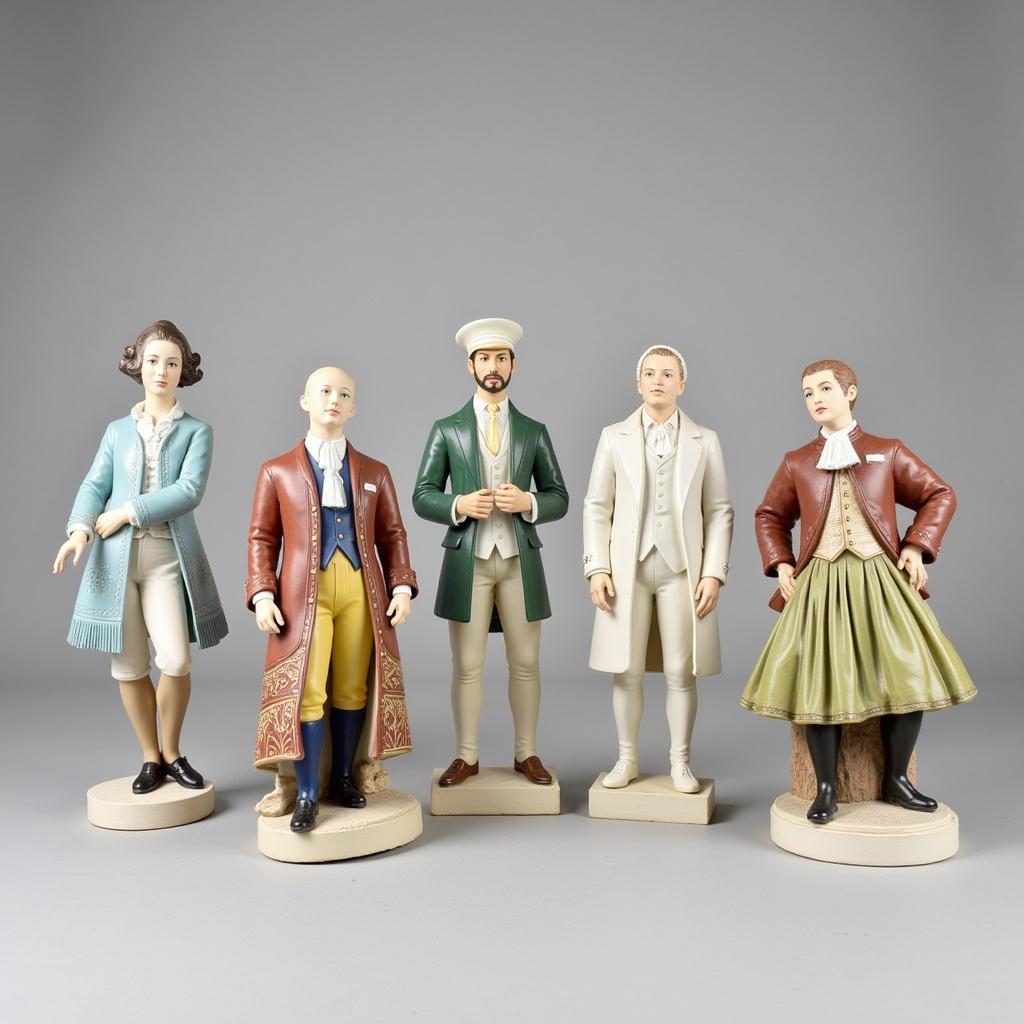Exploring the World of Art Statues
Art Statues have captivated humanity for centuries, serving as powerful expressions of creativity, storytelling, and cultural values. From ancient civilizations to contemporary artists, the art statue continues to hold a prominent place in the art world, inspiring awe and sparking conversations. This article delves into the fascinating world of art statues, exploring their history, diverse forms, and enduring impact on our visual landscape. We’ll examine everything from monumental public works to intimate figurines, considering the materials, techniques, and artistic visions that bring these three-dimensional forms to life. After reading this, you will be able to look at art statues with more knowledge and greater respect.
A Journey Through Time: The History of Art Statues
The earliest art statues date back to prehistoric times, often representing deities, animals, or important figures. These early works, crafted from materials like stone, clay, and bone, offer glimpses into the beliefs and practices of ancient societies. Think of the Venus of Willendorf, a small limestone figurine dating back to 25,000 BCE, as a powerful example of early human artistic expression. The ancient Egyptians, Greeks, and Romans elevated statue making to an art form, creating iconic works that continue to inspire artists today. The Greeks, renowned for their idealized depictions of the human form, produced masterpieces like the Discus Thrower and the Venus de Milo, showcasing their mastery of anatomy and proportion.
After this introductory period, the Renaissance saw a renewed interest in classical art, leading to a flourishing of sculptural masterpieces by artists like Michelangelo, Donatello, and Bernini. Michelangelo’s David, with its stunning realism and emotional intensity, stands as a testament to the artistic achievements of this era.
 Michelangelo's David: A Renaissance Masterpiece
Michelangelo's David: A Renaissance Masterpiece
Diverse Materials and Techniques: Shaping Artistic Visions
The creation of an art statue involves a complex interplay of materials and techniques. Sculptors work with a wide range of materials, including marble, bronze, wood, clay, and even contemporary materials like plastic and resin. Each material presents unique challenges and opportunities, influencing the final form and aesthetic of the sculpture. For instance, the bear art statue often utilizes durable materials that can withstand outdoor elements. Traditional techniques like carving, modeling, and casting have been passed down through generations, allowing artists to transform raw materials into expressive three-dimensional forms.
 The Bronze Casting Process in Art Statue Creation
The Bronze Casting Process in Art Statue Creation
What are the different types of art statues?
Art statues can be categorized into various types based on their subject matter, size, and function. Some common types include:
-
Figurative statues: These statues depict human figures, often portraying mythological characters, historical figures, or idealized representations of the human form.
-
Animal statues: Representations of animals, from majestic lions to delicate birds, have been a popular subject in sculpture throughout history. Consider the african art statues which often feature depictions of wildlife.
-
Abstract statues: These non-representational forms explore concepts, emotions, and aesthetics through abstract shapes and compositions.
-
Monumental statues: Large-scale sculptures often placed in public spaces to commemorate historical events or important figures, like the art statue of liberty.
-
Religious statues: These statues depict religious figures or scenes, serving as objects of devotion and spiritual contemplation.
The Enduring Power of Art Statues: Inspiring Dialogue and Reflection
Art statues continue to resonate with audiences today, offering opportunities for dialogue and reflection. They can challenge our perceptions, provoke emotions, and spark conversations about important social and cultural issues. Public art statues, in particular, play a vital role in shaping our urban environments, adding beauty and meaning to our shared spaces. Whether it’s an ancient sculpture or a contemporary installation, art statues have the power to connect us to the past, present, and future, reminding us of the enduring power of human creativity. An african art statue can tell us so much about another culture and how they see the world.
“Art statues are not just static objects,” says renowned art historian Dr. Eleanor Vance. “They are living embodiments of human imagination, capable of transcending time and cultural boundaries to connect with us on a deeply personal level.”
Conclusion
From the monumental to the miniature, art statues have played a significant role in human history and artistic expression. Their diverse forms, materials, and techniques reflect the ever-evolving nature of artistic vision. As we continue to explore the world of art statues, we gain a deeper appreciation for the creative spirit that drives artists to transform raw materials into objects of beauty, meaning, and enduring power. Whether you are drawn to classical sculptures or contemporary works, the world of art statues offers a rich tapestry of artistic exploration waiting to be discovered. The continued popularity of even niche categories, like the art deco statuettes, underscores this fascination.
FAQ
-
What is the oldest known art statue?
The Venus of Willendorf, dating back to 25,000 BCE, is one of the oldest known examples of figurative art. -
What are some common materials used for art statues?
Marble, bronze, wood, clay, plaster, and resin are some of the most common materials. -
How are bronze statues made?
Bronze statues are typically made using the lost-wax casting process. -
What is the purpose of public art statues?
Public art statues can commemorate historical events, honor important figures, or simply enhance the aesthetic appeal of a space. -
How can I learn more about art statues?
Visiting museums, art galleries, and online resources can provide valuable insights into the world of art statues. -
What are some famous examples of art statues?
Michelangelo’s David, the Venus de Milo, and the Statue of Liberty are just a few iconic examples. -
What is the difference between a statue and a sculpture?
While often used interchangeably, “statue” usually refers to a freestanding figure, while “sculpture” is a broader term encompassing various three-dimensional art forms.
Need support? Contact us 24/7: Phone: 02462573573, Email: [email protected] or visit us at Savico Megamall, 7-9 Đ. Nguyễn Văn Linh, Gia Thụy, Long Biên, Hà Nội 10000, Việt Nam.





